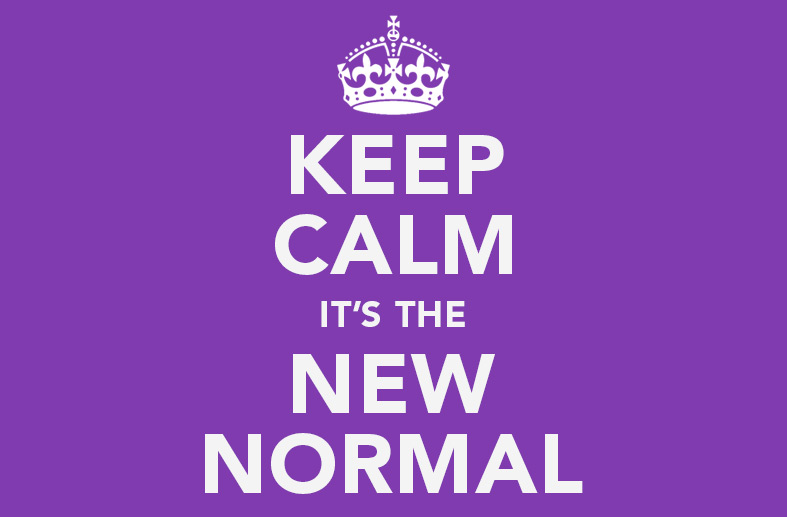While the rest of the world contends with migrating from their classrooms, laboratories and offices to their residential “stand-ins”, academia in my environment has remained largely consistent.
In particular, my doctoral research has culminated into the production of four draft reports, all of which are giving way to a shift from coursework to purer research outcome. These last two weeks, for example, have been spent provisioning focus group (N=15) and questionnaire/survey (N=150) for the SensorAble project.

However, what were once intended to be a series of face-to-face appointments both in the United Kingdom and here in Florida, all data collection has now migrated fully to the ether…whereby all meetings and research occur online.
The transition has been a rather smooth one, owing in large part to my 14-month immersion as an online doctoral student. While working fully “at distance”, my familiarity with deploying and collecting information via the internet has been rather customary; moreover, I am delighted to say enjoyable.

Too, and as a board of governance member, post-graduate research instructor, Student Trustee, and member of two academic laboratories at University–all have embedded the requisite know-how and confidence to carry out online, group-think and administrative sessions.
So with that, SensorAble research commenced today with Focus Groups split into smaller, manageable sessions of 2-3 participants max. The next two weeks are nearly fully booked, and if today’s session is any indication…there are many surprises, confirmations and wondrous relationships to be developed.

Thus far, co-design, candid conversation and critical exploration of the lived-experience, thoughts and opinions of at-risk individuals autistic adolescents and adults have gone extremely well. Activities including recruitment, ethics consultations, consent, authentic involvement and post-mortem dialogue– all have yielded superlative feedback.
As these days pass, I will be scrubbing videos for pertinent and instructive moments, transcriptions and coding data that bear fruit in support of research questions and hypotheses…all in order to analyse, uncover trends and discover proper languaging and designs of the follow-on survey/questionnaires. The focus group participants have been largely responsible for providing exemplary “pearls” and I am eager to begin sharing their incredible insight with others.
 Since the start of COVID-19 affecting global academia, many aspects of university life have changed dramatically. Whether by university building closures, on-line classes supplanting face-to-face lectures and laboratories being shuttered in favour of scientists having to re-think their methodologies and processes, I have been wondering how much more upheaval can researchers contend with?
Since the start of COVID-19 affecting global academia, many aspects of university life have changed dramatically. Whether by university building closures, on-line classes supplanting face-to-face lectures and laboratories being shuttered in favour of scientists having to re-think their methodologies and processes, I have been wondering how much more upheaval can researchers contend with?
 tediluvian or otherwise, it would appear that the COVID-19 scenarios are not good. The whiplash effect due next Fall/Winter is likely to be as onerous, and pending elections, our ability to respond as a nation seems nefarious given our current leadership. How this affects those of us intent on making contributions to at-risk populations is even more in question.
tediluvian or otherwise, it would appear that the COVID-19 scenarios are not good. The whiplash effect due next Fall/Winter is likely to be as onerous, and pending elections, our ability to respond as a nation seems nefarious given our current leadership. How this affects those of us intent on making contributions to at-risk populations is even more in question.